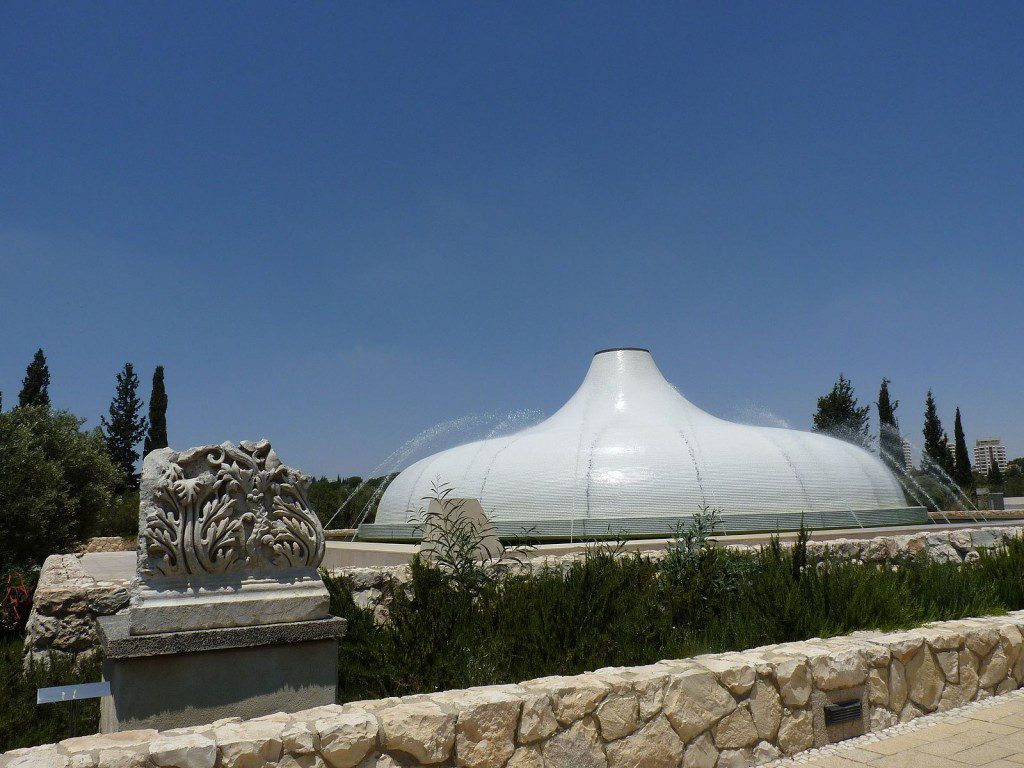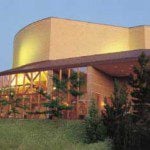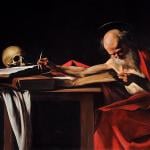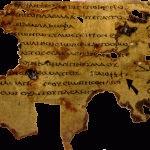
(Wikimedia Commons)
Today was a simple day.
We passed through the “security wall” into Bethlehem, where we spent a bit of time at the traditional Shepherds’ Field. Then we visited the Church of the Nativity. We were obliged to wait for some time while a Greek Orthodox service was conducted in the grotto that tradition identifies as the birthplace of Christ — it is, after all, a functioning church, and only secondarily a tourist attraction — but we were the first in line, so that was actually better than some previous occasions. We also visited the cave (directly adjacent to the Church of the Nativity, under the Roman Catholic Church of St. Catherine) in which St. Jerome is said to have produced his famous (and vastly influential) Biblia Vulgata or “Vulgate Bible,” the Latin translation that remained the official Catholic Bible from his time well into the twentieth century. Following our traditional (excellent) lunch in the Bethlehem Tent Restaurant and a stint of shopping at the Christian cooperative “Bethlehem Souvenir Center,” we crossed back into Israeli territory. The last stop of the day was the magnificently rich Israel Museum, with its wonderful open-air model of the city of Jerusalem in A.D. 66 and its Shrine of the Book, which displays almost all of the Dead Sea Scrolls. Thereafter, in one of the other buildings of the Museum, I took great pleasure in pointing out to members of our group the ossuary or “bone box” of the high priest Caiaphas, who presided over the Jewish trial of Jesus; the original “Pontius Pilate” inscription from Caesarea Philippi; and the ankle bone of a victim of crucifixion, which demonstrates very graphically something of how crucifixion was done.
(This tour, by the way, was organized under the auspices of “Cruise Lady.”)
Posted from Jerusalem










